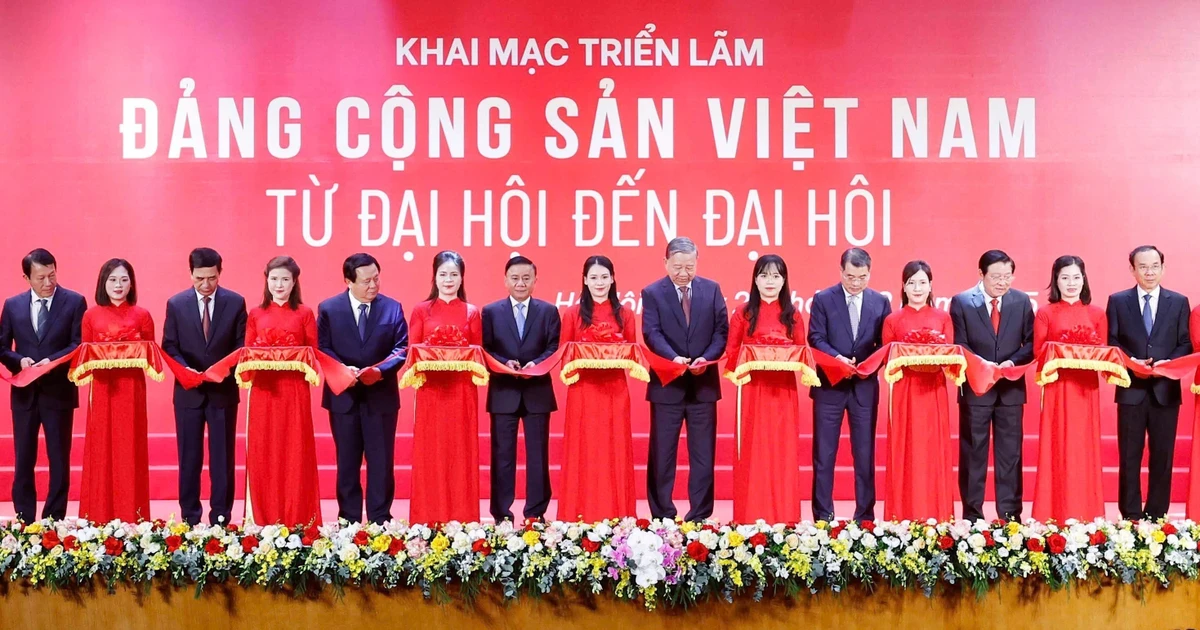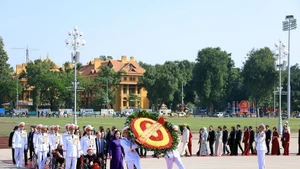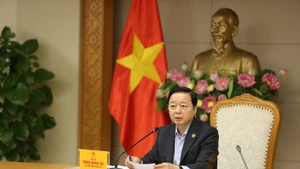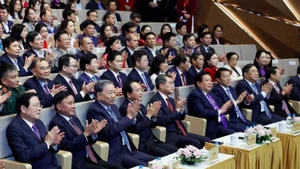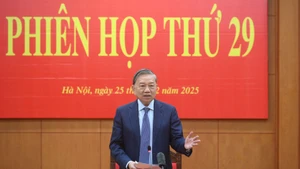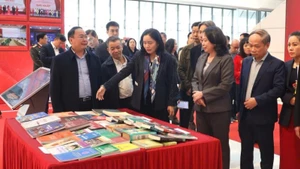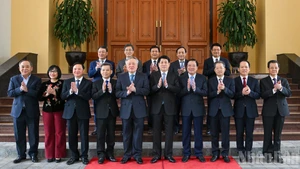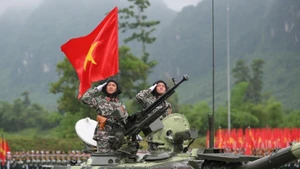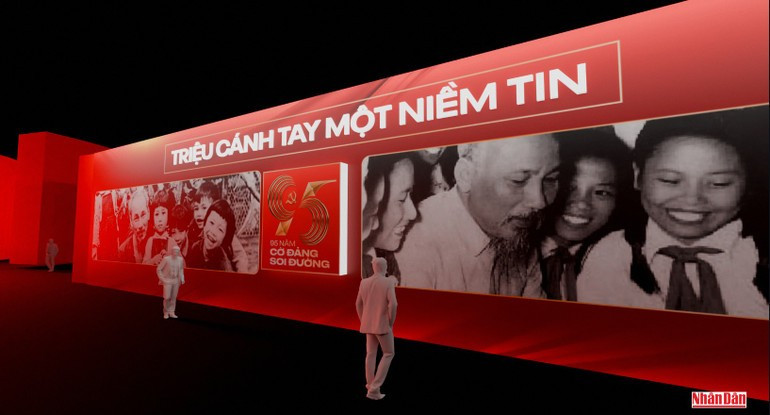
The exhibition is organised into eight sections, guiding visitors through immersive experiences that explore the defining stages of Viet Nam’s revolutionary history. Each section highlights emblematic milestones and meaningful stories, vividly brought to life. Through the display of artifacts, photographs, documents, and treasured historical relics, the exhibition recreates the glorious chapters written by the Communist Party of Viet Nam over 95 years of leading the nation’s revolution - years that produced some of the most remarkable triumphs in the country’s history.
The exhibition’s section 1 themed “The birth of the Communist Party of Viet Nam – A great turning point in the nation’s revolutionary history.” Here, visitors can touch precious artifacts, photographs, and documents that bring to life the very moment that forever changed the destiny of the nation. To truly feel the power of this historic turning point, it is essential to journey back through time.
Time of darkness and deadlock in the national salvation movements
To understand the significance of the Party’s founding, it is crucial to revisit the late 19th and early 20th centuries – a period of tragedy and resilience in Viet Nam’s history.
In 1858, French colonialists opened fire on Da Nang, beginning the process of transforming Viet Nam into a semi-feudal colony. The people lived under oppression and bondage. Across the country, patriotic scholars and intellectuals launched resistance movements, but all were brutally suppressed, ending in bloodshed and dead ends. The Vietnamese Revolution was at an impasse: Which path could truly save the nation?
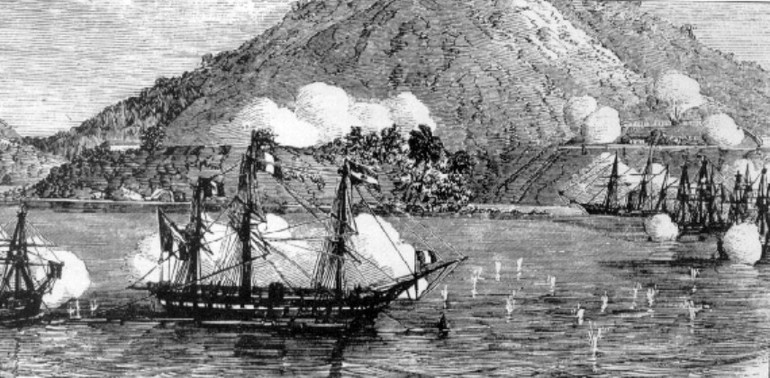
At the exhibition, visitors will encounter vivid images depicting the suffering and resilience of the people. If that great turning point had never come, how different might history have been?
Nguyen Ai Quoc’s journey to find a path for national salvation
In the nation’s darkest periods, a young patriot of extraordinary vision, Nguyen Tat Thanh (later known as President Ho Chi Minh), embarked on a life-changing journey. With a great aspiration— “I want to go abroad, to see for myself. After observing how they do things, I will return to help our people —he left Nha Rong Wharf in Saigon on June 5, 1911, aboard the French ship Amiral Latouche-Tréville. This marked the beginning of a decades-long journey to seek a path to independence.
From working as a kitchen assistant on merchant ships traveling around Africa, to labouring in the US, and later working at London’s famed Carlton Hotel, Nguyen Ai Quoc observed the lives of the oppressed and studied the great bourgeois revolutions firsthand.
In 1919, he joined the French Socialist Party. Yet the true light came in July 1920, when he first read Lenin’s ‘Theses on the National and Colonial Questions’. Deeply moved, he exclaimed: “This is the path to our liberation!”—the path of proletarian revolution. In December 1920, at the Tours Congress, he cast his vote for the establishment of the French Communist Party, becoming the very first Vietnamese communist.
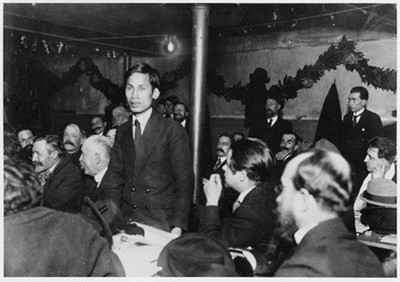
From 1924 to 1927 in Guangzhou (China), Nguyen Ai Quoc founded the Viet Nam Revolutionary Youth League, launched Thanh Nien (Youth) Newspaper on June 21, 1925, and authored ‘Duong Kach Menh’ (Revolutionary Path), laying the ideological foundation of Marxism–Leninism for Viet Nam. At the exhibition, visitors can view replicas of these invaluable works.
The inevitable birth of the Communist Party of Viet Nam – A great turning point
By the late 1920s, Viet Nam’s revolutionary movement was on the rise, giving birth to three communist organisations: the Communist Party of Indochina (June 1929), the Communist Party of An Nam (November 1929), and the Indochinese Communist League (late 1929). Yet the threat of division loomed large.
In this urgent context, as a representative of the Communist International, Nguyen Ai Quoc convened and chaired the Conference to unify the communist organisations at Kowloon (Hong Kong, China) from January 6 to early February 1930. The conference unanimously agreed to merge the three groups into a single party, taking the name Communist Party of Viet Nam. This gathering is regarded as the Party’s founding congress.
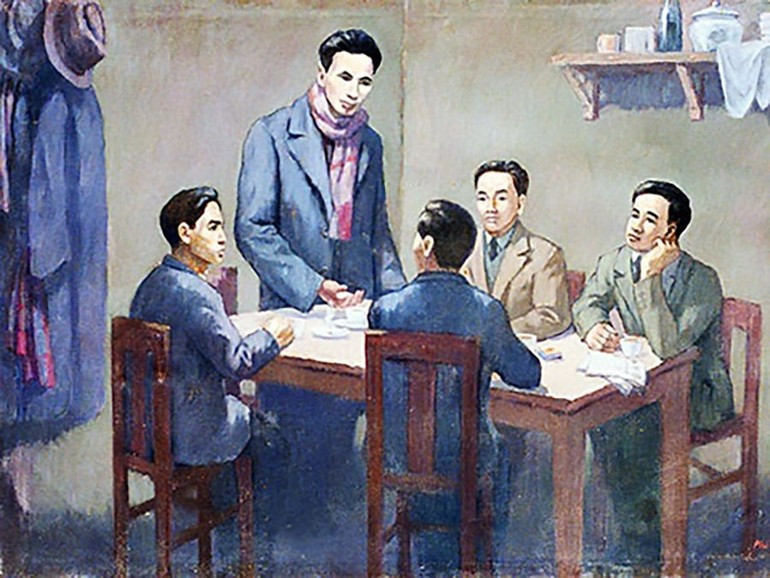
At the conference, key documents drafted by Nguyen Ai Quoc were adopted, including the Brief Policy Outline, the Brief Policy, the Brief Charter, the Brief Programme of the Communist Party of Viet Nam. This became the Party’s first Political Platform, which set forth the goals of carrying out a bourgeois-democratic revolution and an agrarian revolution as steps toward socialism. It also laid out strategies for mobilising the masses, as well as the principles of organisation for a genuine Marxist-Leninist political party.
On February 18, 1930, Nguyen Ai Quoc issued the Appeal on the occasion of the founding of the Party, calling on the entire people to join, support, and follow the Party in order to “overthrow French imperialism, feudalism, and the reactionary bourgeoisie, and achieve complete independence for Indochina.”
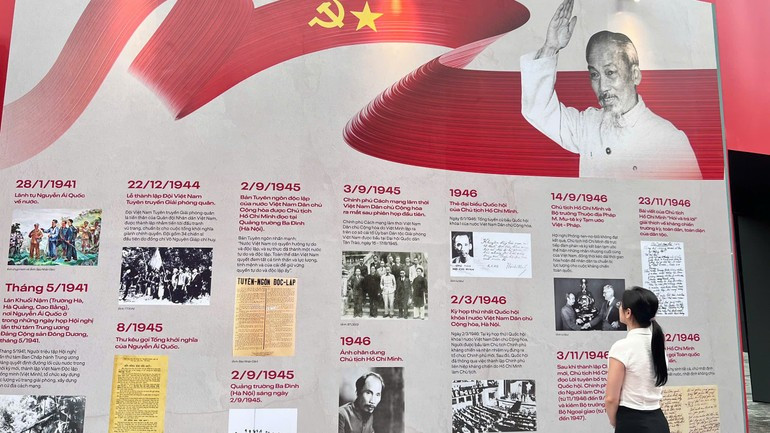
At Section 1 of the Exhibition, visitors relive this historic moment through treasured artifacts and ask themselves: How did such a young Party lead an entire nation to create miracles in history?
Historical significance and epochal importance
The founding of the Communist Party of Viet Nam on February 3, 1930, was a momentous event - a shining milestone in the nation’s history. It was the inevitable outcome of the close integration of Marxism–Leninism with the workers’ movement and the Vietnamese patriotic movement. This historic event put an end to the protracted crisis over a path to national salvation, proving that the Vietnamese working class had matured and was capable of leading the revolution.
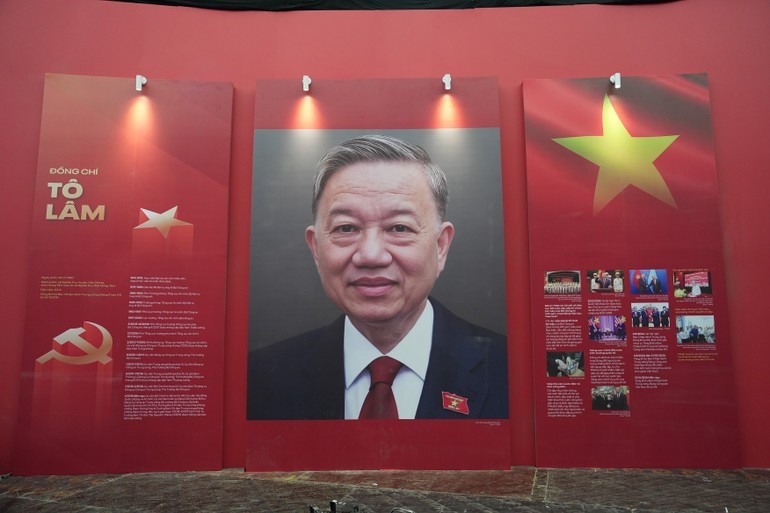
With the Party’s establishment, Viet Nam’s revolutionary history turned a new page, opening a new era - an era of national independence linked with socialism.
This was the starting point of a glorious 95-year journey, during which the Communist Party of Viet Nam has steadfastly led the nation through countless trials and challenges, achieving historic victories and remarkable accomplishments that have left a lasting imprint on the proud history of the Vietnamese people.

The exhibition is not just about telling stories - it invites visitors to experience them! Across eight thematic sections, visitors will explore the milestones of history: from Nguyen Ai Quoc’s journeys abroad to Viet Nam’s resounding victories.
All people should visit the Viet Nam Exposition Centre from August 28, 2025, to touch history and feel the vitality of the Party. Visitors will leave with unshakable faith: the Communist Party of Viet Nam is the guiding banner leading our nation into a new era of growth and resurgence.

